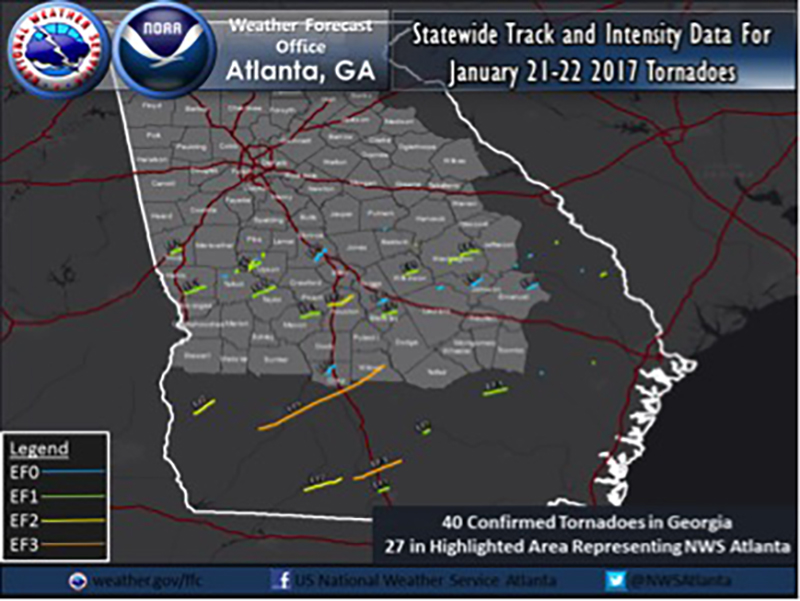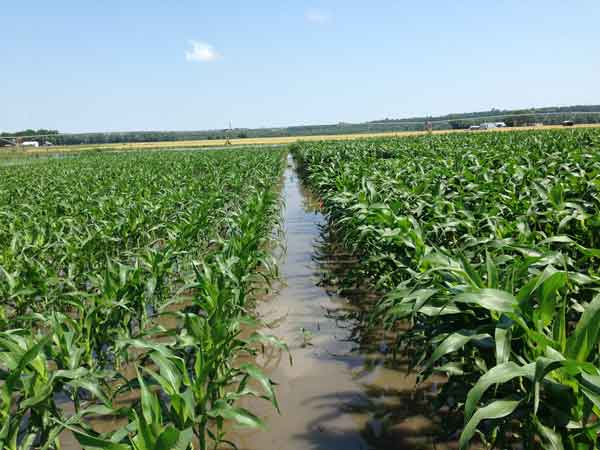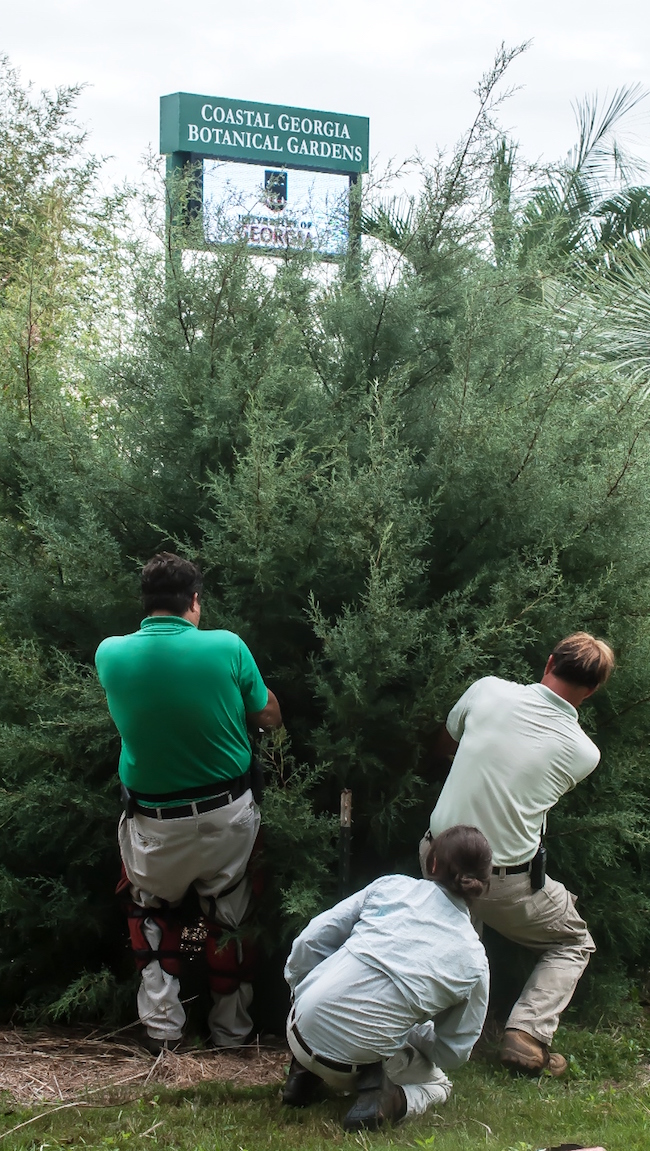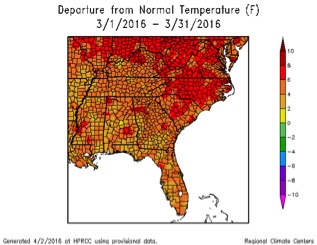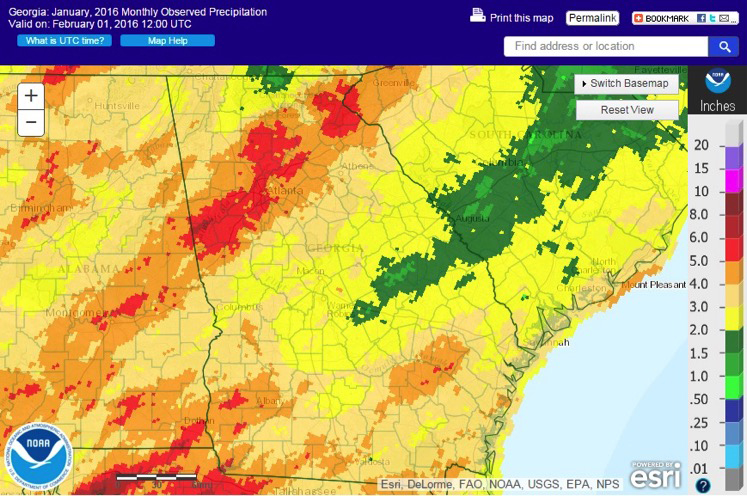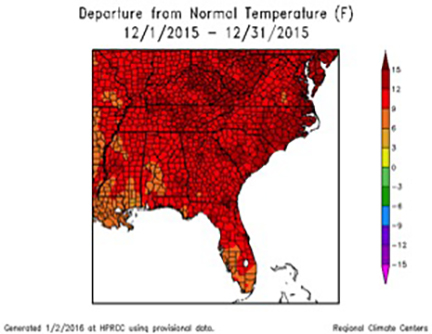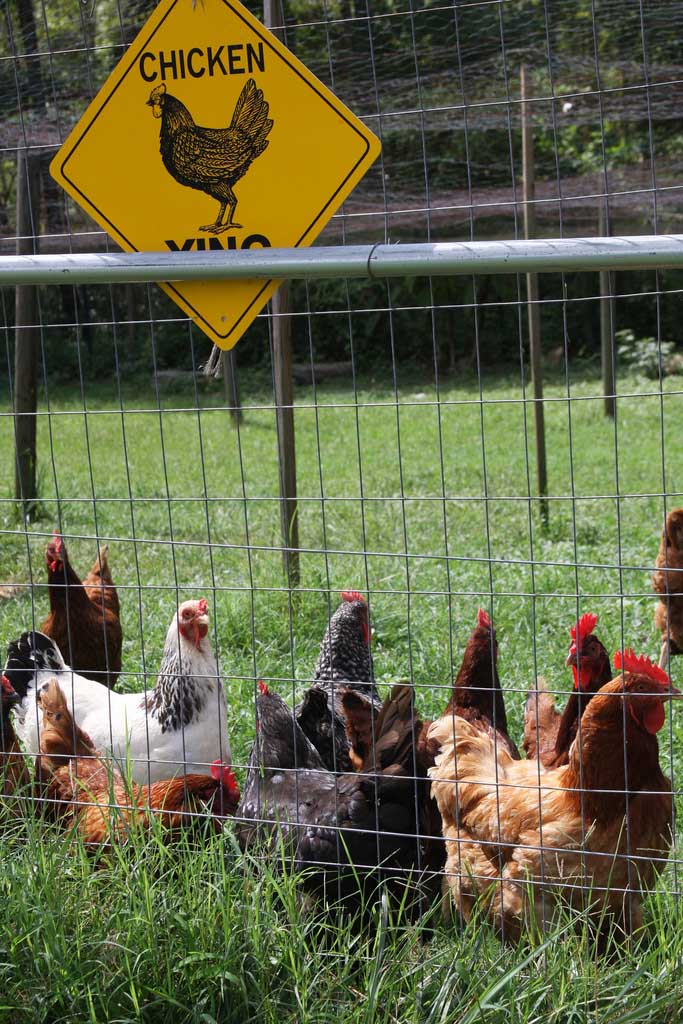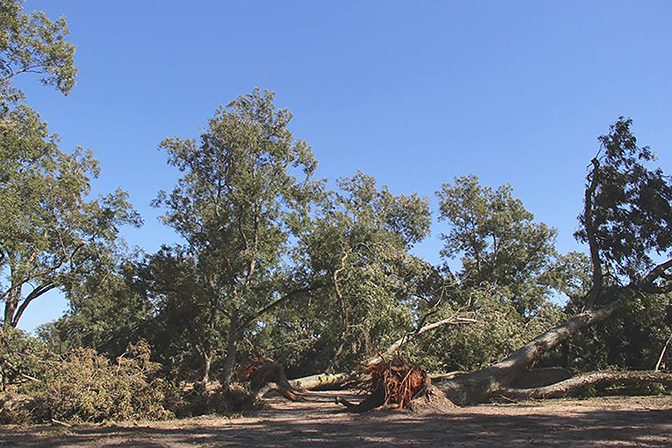 CAES News
CAES News
Emergency Preparedness
As Atlantic hurricane season peaks, Georgians may be uncertain about how to prepare for an emergency.
The state may not be directly affected by a hurricane, floods or high winds from a storm this year, but it’s always good to be prepared. September is National Preparedness Month, and University of Georgia Cooperative Extension and the Georgia Emergency Management and Homeland Security Agency have resources available to help Georgians prepare for an emergency.

